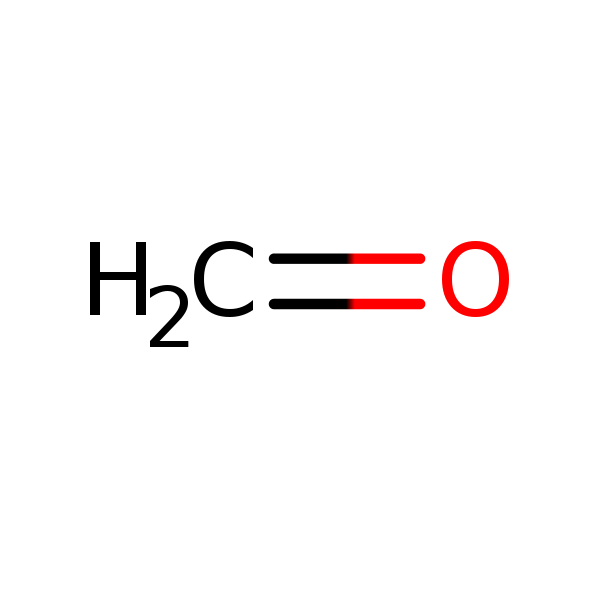Formaldehyde
CASRN 50-00-0 | DTXSID7020637
Noncancer Assessment
Reference Dose for Oral Exposure (RfD) (PDF)
(17 pp, 133 K)
Last Updated: 09/01/1990
| System | RfD (mg/kg-day) | Basis | PoD | Composite UF | Confidence |
|---|---|---|---|---|---|
| Urinary, Gastrointestinal, Other | 2 x 10 -1 | Reduced weight gain, histopathology in rats |
NOAEL
:
1.5
x 101 mg/kg-day |
100 | Medium |
Reference Concentration for Inhalation Exposure (RfC) (PDF)
(17 pp, 133 K)
Not assessed under the IRIS Program.
Cancer Assessment
Weight of Evidence for Cancer (PDF)
(17 pp, 133 K)
Last Updated: 05/01/1991
| WOE Characterization | Framework for WOE Characterization |
|---|---|
| B1 (Probable human carcinogen - based on limited evidence of carcinogenicity in humans) | Guidelines for Carcinogen Risk Assessment (U.S. EPA, 1986) |
- Based on limited evidence in humans, and sufficient evidence in animals. Human data include nine studies that show statistically significant associations between site-specific respiratory neoplasms and exposure to formaldehyde or formaldehyde-containing products. An increased incidence of nasal squamous cell carcinomas was observed in long-term inhalation studies in rats and in mice. The classification is supported by in vitro genotoxicity data and formaldehyde's structural relationships to other carcinogenic aldehydes such as acetaldehyde.
- This may be a synopsis of the full weight-of-evidence narrative.
Quantitative Estimate of Carcinogenic Risk from Oral Exposure (PDF) (17 pp, 133 K)
Not Assessed under the IRIS Program.
Quantitative Estimate of Carcinogenic Risk from Inhalation Exposure (PDF) (17 pp, 133 K)
Inhalation Unit Risk:
1.3
x 10-5
per µg/m3
Extrapolation Method: Linearized multistage procedure, additional risk
Tumor site(s): Respiratory
Tumor type(s): Squamous cell carcinoma (Kerns et al., 1983)
Program Outlook Details
| Public Assessment Materials | Date |
|---|---|
| Problem Formulation Materials/IRIS Assessment Plan | N/A |
| Preliminary Assessment Materials/Systematic Review Protocol | N/A |
| Public Comment | Apr-2022 |
| External Peer Review | Jun-2023 |
| Post Final Assessment | TBD |
Note: Any future dates displayed in the table above should be considered estimates and are subject to change. Once the external peer review is complete, estimated dates for release of the final assessment will be published. For the latest information on the status of this assessment, please refer to the IRIS Program Outlook. To access assessment documents, meeting materials or other supporting documents related to this assessment, visit the Chemical Documents tab. For more information about the development process, visit the IRIS Process page.
Apr 2022: IRIS Toxicological Review of Formaldehyde-Inhalation (External Review Draft, 2022) (Report)
Jun 2021: IRIS Program Outlook Jun 2021-Unsuspended Assessment (Other)
Apr 2019: IRIS Program Outlook April 2019-Suspended/Discontinued Assessment (Other)
Jun 2010: IRIS Toxicological Review of Formaldehyde (Inhalation) (External Review Draft, 2010) (Report)
May 2010: IRIS Toxicological Review of Formaldehyde (Interagency Science Consultation Draft, 2010) (Report)
Dec 2009: Statistical Inferences from Formaldehyde Dna-Protein Cross-Link Data (Journal)
Sep 1985: Health and Environmental Effects Profile for Formaldehyde (Report)
- Human Health Benchmarks for Pesticides (HHBP). This database provides human health benchmarks for pesticides that may be present in drinking water.
- Office of Pesticide Programs Pesticide Chemical Search. This database provides links to health effects information and registration status for pesticides.
- Chemistry Dashboard. This database provides information on chemical structures, experimental and predicted physicochemical, and toxicity data.
You will need Adobe Reader to view some of the files on this page. See EPA's PDF page to learn more.
Contact Us to ask a question, provide feedback or report a problem.
Quick Check





